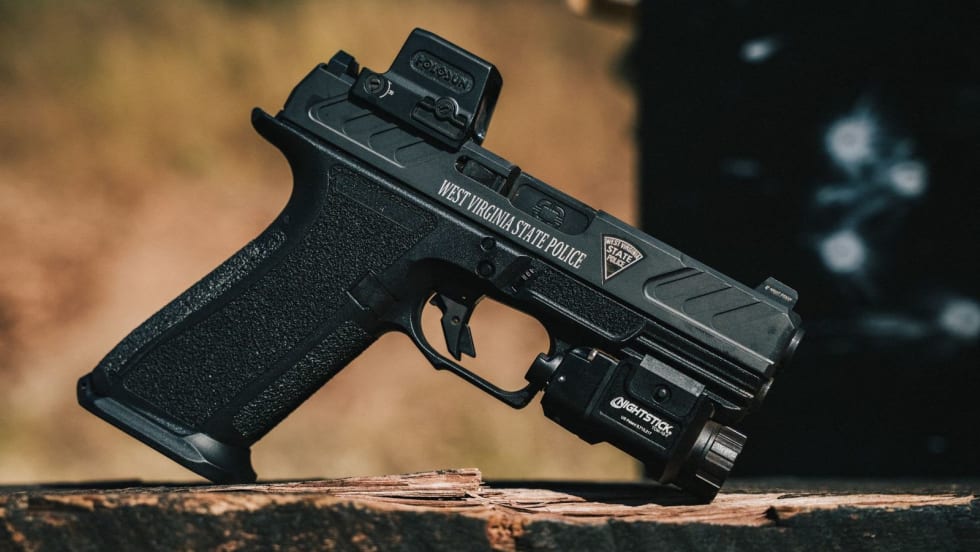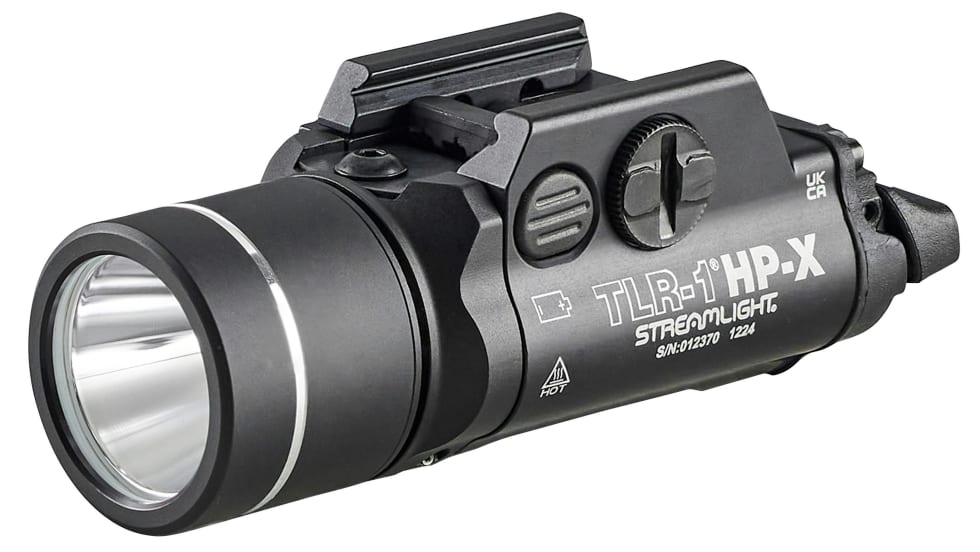OK. Don't panic. Your tritium gun sights are indeed radioactive, but they present no danger to you or anyone else, well...unless you use them to put lead on target. The beta radiation given off by tritium is very weak. It won't penetrate human skin. It won't even pass through a piece of tissue paper.
Tritium is a radioactive isotope of hydrogen that typically is produced in nuclear reactors or high-energy accelerators. Because tritium is radioactive, it emits electrons at a specific rate, called a "decay rate." For tritium, the decay rate is about 5 percent per year, meaning that the radioactivity of the isotope has a half-life of about 10 to 12 years.
Yes, I know, this is not a nuclear physics lesson. But all this stuff about decay rates is important because it determines the life of your night sight. Let me explain. In a tritium night sight, tritium gas is captured in a glass tube, which is coated with phosphors just like on a TV tube. When the tritium releases beta rays, they excite the phosphors and that's what glows, not the tritium. This means that as the tritium loses energy, the night sight will become dimmer.
Remember, the half-life of tritium is 10 to 12 years and it dissipates its glow by about 5 percent per year. So in about five or six years, the glow will fade, making the efficiency of the sights considerably less than optimal. When you understand the physics, it becomes evident that you need to replace your tritium sights about every five years. And you should know this before you buy them.
But you should still buy them. More than 66 percent (that's two-thirds) of law enforcement shootings take place in low-light environments. That's a good reason to have night sights and once you have them, it's a good reason to change them out when they grow dim. Most manufacturers of night sights will replace the tritium inserts for a nominal fee.










